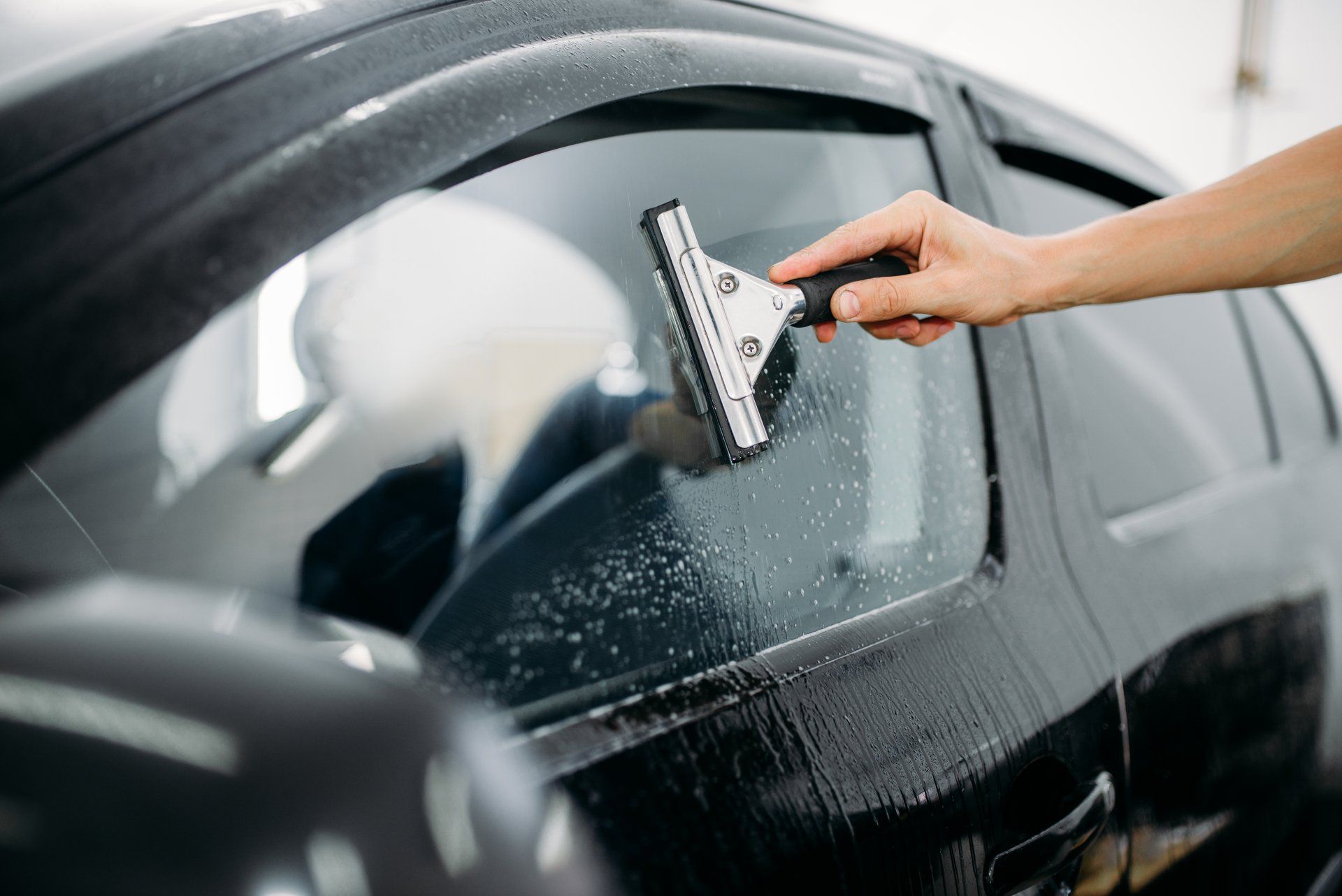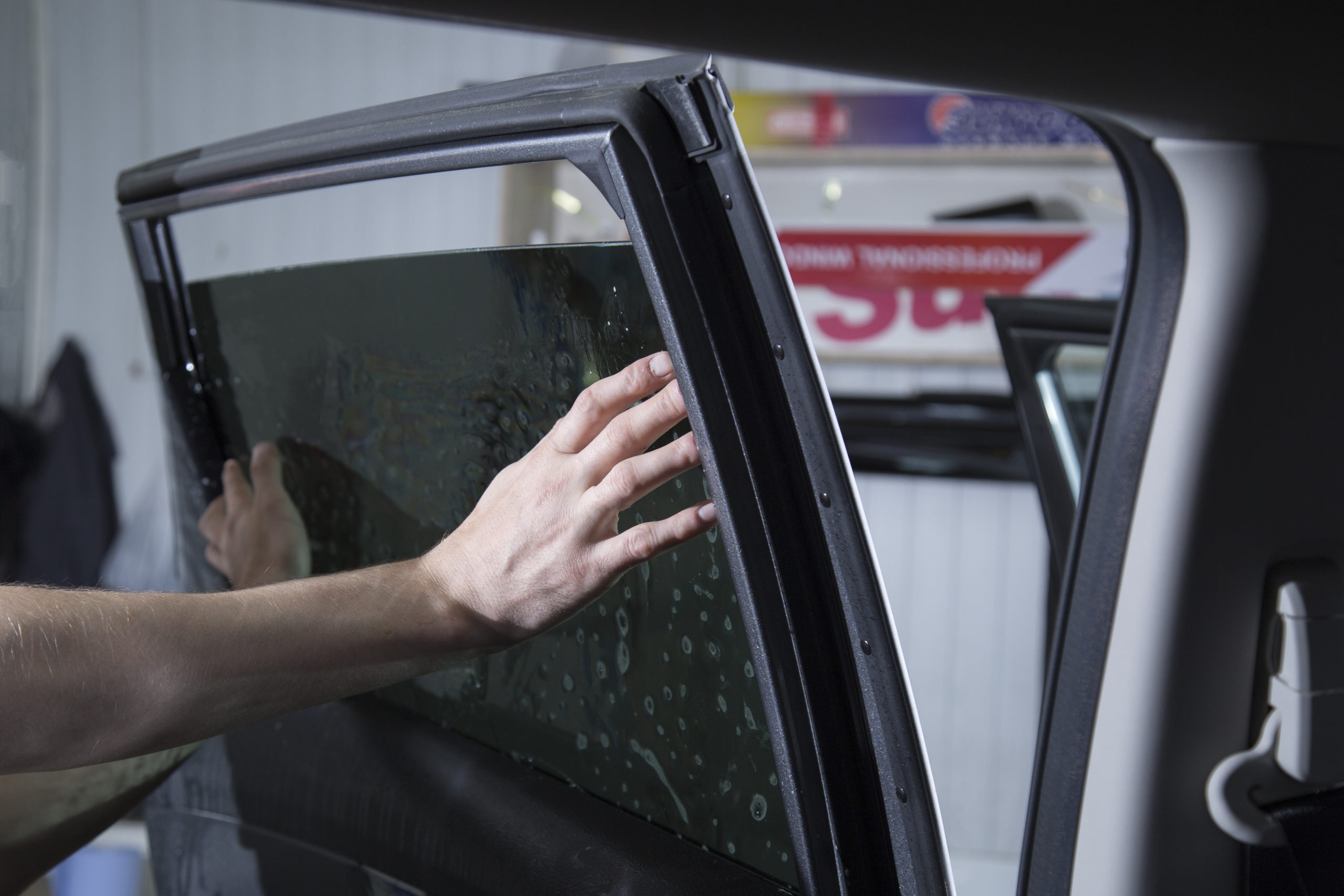Window Tinting Options: Locate the Right Shade for Your Design and Demands
Choosing the suitable window tint for your automobile includes a careful factor to consider of different factors, consisting of personal visual appeals, functional needs, and legal restrictions. With alternatives ranging from light tintss that provide minimal personal privacy to darker shades that boost privacy, the choices can be frustrating.
Understanding Window Tinting Levels
When taking into consideration window tinting, it is necessary to comprehend the various degrees of tint offered, as they considerably influence both aesthetic appeals and capability. Window tinting is classified based on Noticeable Light Transmission (VLT) percentages, which suggest the quantity of light allowed to travel through the glass. The VLT portion can vary from very light (over 70%) to extremely dark (listed below 5%)
The main levels of tint consist of clear, which provides UV defense without altering exposure; light tint (over 50% VLT), which slightly decreases glow while maintaining exposure; tool tint (around 35% VLT), striking a balance in between personal privacy and light transmission; and dark tint (below 20% VLT), supplying significant privacy and warm decrease but limiting external presence.
Understanding these levels is critical as they can impact driving safety, legal conformity, and individual convenience. Additionally, regional guidelines usually dictate acceptable tint degrees, differing by state or district. Before picking a color, it is a good idea to research study and guarantee adherence to these guidelines while taking into consideration personal preferences for style and practical benefits.
Popular Tint Shades Explained

One of one of the most popular options is the traditional dark tint, typically varying from 20% to 5% VLT (Noticeable Light Transmission) This shade uses maximum privacy and a streamlined, innovative look. It successfully obstructs UV rays and heat, making it excellent for sunny climates, though it might restrict visibility at evening.
Alternatively, lighter shades such as 35% or 50% VLT supply an extra subtle appearance while still using some level of privacy. These shades are best for those looking for an equilibrium between looks and capability, as they enable much better exposure and abide by numerous legal standards.
One more emerging choice is the ceramic tint, which can can be found in a selection of shades - window tinting. It offers exceptional warm being rejected and UV defense without dramatically altering the vehicle's appearance

Legal Laws for Window Tinting
Comprehending the lawful guidelines bordering window tinting is essential for car proprietors wanting to tailor their automobiles. Each state in the united state has particular regulations governing the darkness or agility of window tintss, commonly gauged by Visible Light Transmission (VLT) portion. VLT describes the amount of light that can pass with the film and the glass incorporated.
In many states, guidelines determine different VLT percentages for different windowss, consisting of front windshields, side windowss, and rear windowss. As look at this web-site an example, some states may enable a color of 70% VLT for windscreens while allowing darker tintss for rear windowss. Additionally, specific states have limitations on reflective tintss, which can develop glow for other chauffeurs.
Failure to conform with click for source these laws can lead to fines, mandated removal of the tint, and enhanced insurance coverage costs. Automobile proprietors need to consult local laws or state DMV sites to ensure they are within legal limitations before proceeding with setup. Comprehending these policies not only assists prevent legal repercussions but also guarantees a safe driving experience.
Benefits of Different Tint Products
Discovering the advantages of different tint materials reveals substantial benefits that can boost both the capability and visual allure of an automobile. Each product supplies distinctive characteristics suited to specific needs and choices.
Dyeded window films are preferred for their cost and ability to decrease glow. They effectively obstruct UV rays, securing the interior from fading, though they may not provide the highest possible warm being rejected. Metalized films, on the various other hand, offer superior warmth decrease and UV protection due to their reflective residential or commercial properties. They can enhance personal privacy and safety and security but might disrupt electronic signals.
Ceramic window films stand for a premium alternative, offering remarkable warmth rejection while keeping visibility. They are non-metallic, hence preventing any kind of signal disruption, and are very resilient, standing up to scratches and fading gradually. Additionally, ceramic films do not have dyes, guaranteeing a longer-lasting look.
Lastly, hybrid films combine aspects from dyeded and metalized options, providing a well balanced performance in regards to heat being rejected, glow decrease, and cost. Each tint product offers distinct functions, permitting car owners to pick the most effective fit for their way of life and visual preferences, ultimately improving their driving experience.
Picking the Right Tint for You
Finding the right window tint includes taking into consideration various elements, including individual choices, lorry type, and local policies. Initially, analyze your individual design and desired level of privacy, as these will direct your option of tint shade. Darker tintss provide enhanced privacy but may not be suitable for all chauffeurs, especially those who choose have a peek at this site a more open feel inside their car.
Next, consider your vehicle type, as the size and form of windowss can affect the efficiency of specific tintss. For instance, larger windowss might profit from reflective tintss that minimize glare while smaller windowss could be more suited to dyeded films that use subtle aesthetic appeals.
Additionally, it's crucial to examine regional regulations pertaining to window tinting. Many states enforce restrictions on the allowable darkness and reflectivity, especially for front windowss. Conformity with these laws is important to make sure and avoid penalties safety.
Last but not least, assess the tint material that ideal fits your needs. Alternatives include dyeded, metalized, ceramic, and hybrid films, each offering unique benefits connecting to heat being rejected, UV protection, and toughness. By considering these aspects, you can confidently pick a window tint that straightens with your design and useful needs.
Verdict
Finally, picking the suitable window tint calls for mindful consideration of various factors, including VLT percentages, regional laws, and the preferred visual. Various tint products provide one-of-a-kind benefits that can boost car comfort and defense. By extensively comprehending the offered options and straightening them with sensible demands and individual preferences, one can achieve an ideal balance between style and performance in window tinting options.
Choosing the proper window tint for your automobile entails a mindful factor to consider of numerous variables, consisting of individual aesthetics, functional requirements, and legal restrictions. Each state in the United state has details regulations controling the darkness or agility of window tintss, typically determined by Visible Light Transmission (VLT) portion. Some states may allow a tint of 70% VLT for windscreens while allowing darker tintss for rear windowss.Locating the right window tint includes considering various factors, consisting of individual preferences, vehicle kind, and neighborhood guidelines.In final thought, selecting the appropriate window tint requires mindful factor to consider of different elements, consisting of VLT percents, regional regulations, and the wanted visual.